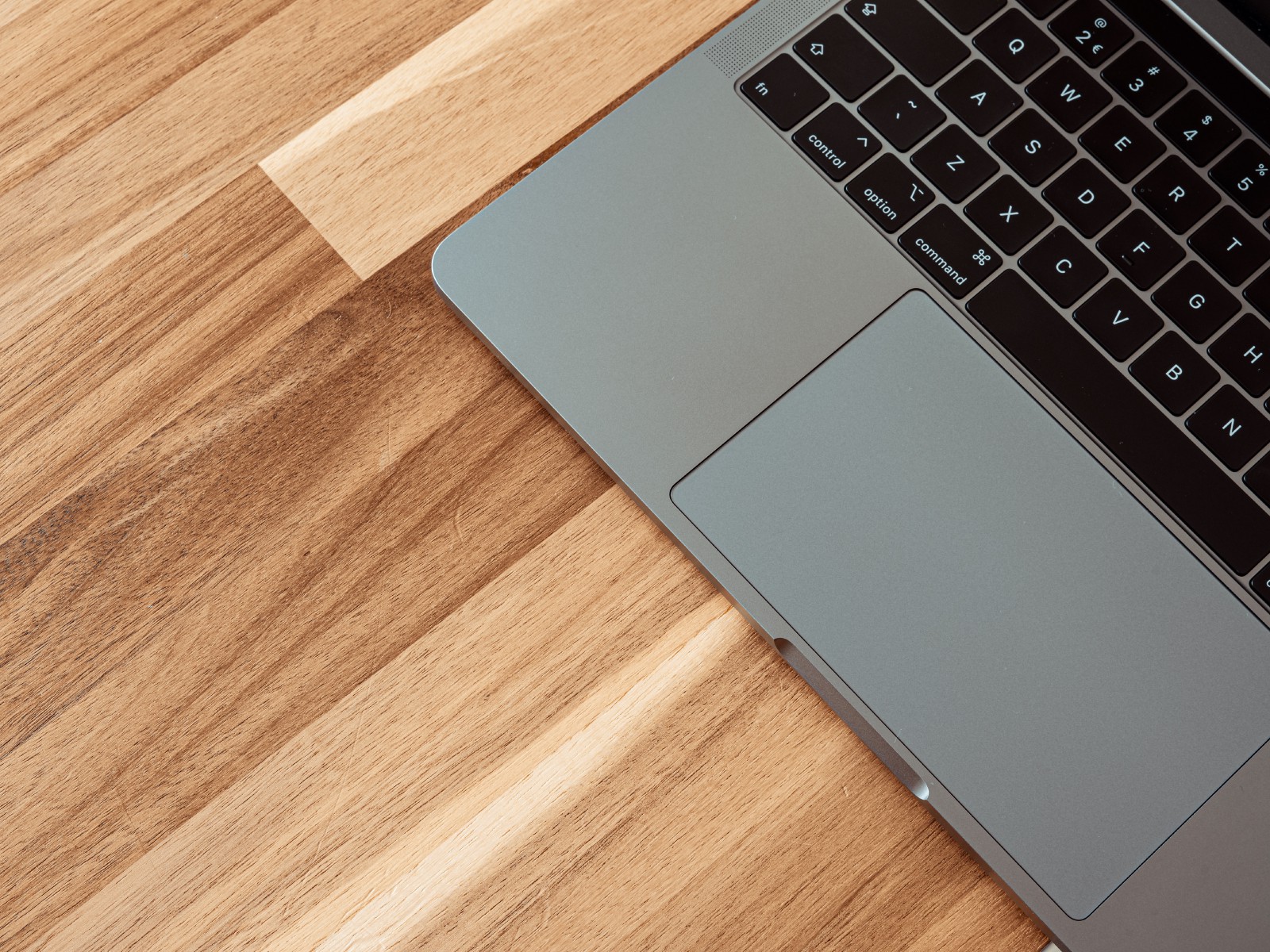Apple's Power Play
I bought a MacBook in 2006. The white, polycarbonate-clad machine was my first serious laptop. It was far superior to the family PCs in every way. I was excited about the purchase, yes, but I also understood that it was a tool. There was also a very apparent downside of owning a Macintosh: as the owner of a “pretty” machine intended for mass-adoption, I was the target of more than a few hacker jokes. Linux, they insisted, was where true power lies. Every one of these loudmouths, in reality, ran Windows.
I also owned one of the first PowerMac G5 towers, which, to this day, still reigns supreme as an icon of industrial design. It was one of my favorite machines, bar none. It kickstarted the 64-bit revolution, and did so with style. Then, there was the Apple II, which by the time it landed in my hands, was already a relic.
Apple, and the devices they create, are woven into my personal history, and nothing I say or do will make that magic disappear: but the present falls in stark relief against the past, as you look out over the audience at any conference and feel Apple’s market dominance.
Recently, I found myself in the market for a new laptop. My workhorse, a 2011 MacBook Pro, was going downhill fast. After many bouts with bad components (which resulted in countless repairs), it finally gave up. This time, I intentionally chose an Apple machine. It wasn’t the default, as it has been so many times in the past — not just for me, but also companies around the globe, both large and small. Apple is no longer the underdog, it cannot fight “the man”, and the propaganda it decried in “1984”? I would argue that we, the faithful, walk into their gleaming, silver stores much like the hypnotized event attendees pictured in the commercial.
A lot of us, programmers and designers alike, reverently speak the name of a company that rescued us from pasty white magic boxes. Not I.
No, this time I would choose a laptop based solely on the tasks I could, or couldn’t perform with it. I would ignore visual appeal, and decide on a hard facts. In order to win my bid, a device should be able to:
1. Run multiple operating systems.
Frankly, I don’t care what my main OS is. Now, as in times past, I juggle at least two: OS-X El Capitan and a few flavors of Ubuntu Linux. In the future, I can see myself deploying on CoreOS. It’s important that my base OS serve as a powerful foundation for virtualizing others.
Almost every platform passed this test with flying colors. It was during this phase when I began looking at a classic, indestructible laptop: the Lenovo Thinkpad.
2. Develop for all major platforms.
Mobile applications are the future. Whether the underlying technology is React Native, Swift, or Java (as is the case with Android) — I should be able to write apps and run simulators for the target platform, regardless of what it is.
Apple’s iOS is clearly the juggernaut, and cannot be ignored: that’s a vote for the Macintosh, since Xcode is a proprietary tool.
But for one moment, let’s assume that iOS can be knocked off it’s throne by a newcomer: what happens then? I would still argue in favor of Apple. Their popularity means that any new platform, in order to succeed, must provide tools for OS-X.
3. Easily integrate with other POSIX platforms.
This was a win for both OS-X (which is POSIX certified) and Linux. But, no matter how much I may favor another OS, the need to develop iOS apps still looms large. Kubuntu deserves at least an honorable mention: because I have a secondary box that runs Wily Werewolf. For an open source OS, it’s very, very good.
There were other options in play, but these were my main points of reasoning. Granted, I could purchase a MacBook, ignore AppleCare, and run Linux — but when I can easily virtualize it, why would I?
Lenovo’s most powerful Thinkpad held the top spot for a while, even though I knew I’d end up with a different device. The need to develop for iOS was a major blockade. Android doesn’t require a specific platform, and I suspect that Windows Mobile will eventually open up development to other platforms as well.
Windows 10, I must say, is alluring. I would like nothing more than to help dismantle the monoculture that we’ve grown to accept over these last few years, but I can’t.
I’m typing this on a 2015 Retina MacBook Pro. I installed my base dependencies, like always, with Homebrew. DLite is running happily in the background, and helping manage my Docker daemon. Vim runs great. If I need to virtualize another OS — with only a few keystrokes — I can.

That’s the rhythm of OS-X. It’s also why the monoculture exists: developing for almost any platform is easy.
This is Apple’s Power Play. While OS-X only shares a portion of it’s codebase with FreeBSD the link between these two, hacker-friendly OSes has been widely popularized. FreeBSD may not be Linux, but it’s close enough for most of us. Apple isn’t dumb, they know, and have even used it as a marketing tactic.
If given complete freedom of choice, I would choose the usability of OS-X, the support plan that comes with it, the rigidity of a Thinkpad, and the open-source values of Linux. But that isn’t a choice I’m equipped to make.
Apple owns the developer market because we allow it, and despite what some may believe, their walled garden is working as expected. Even with the company’s many detractors, they also, in other ways, operate one of the most open ecosystems. A significant portion of the tech built for their products (like HLS and DAAP, just to name a few) also inspired innovations in other technological arenas, even though the original implementation of the protocols was proprietary.
The seemingly simple task of choosing a laptop isn’t black and white. While I have reservations about Apple — especially under the new leadership of Tim Cook — I must admit: they’re the clear winner.

